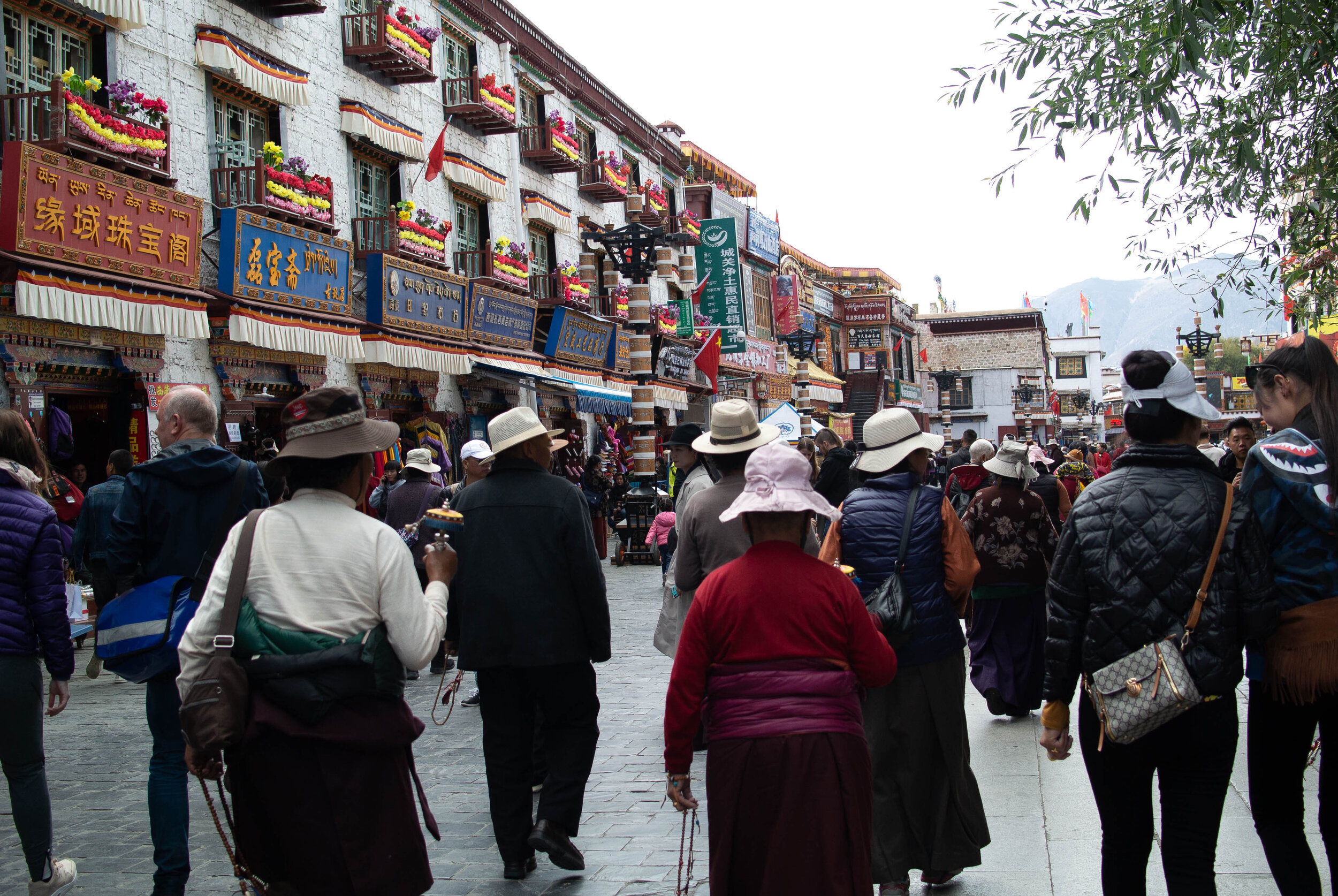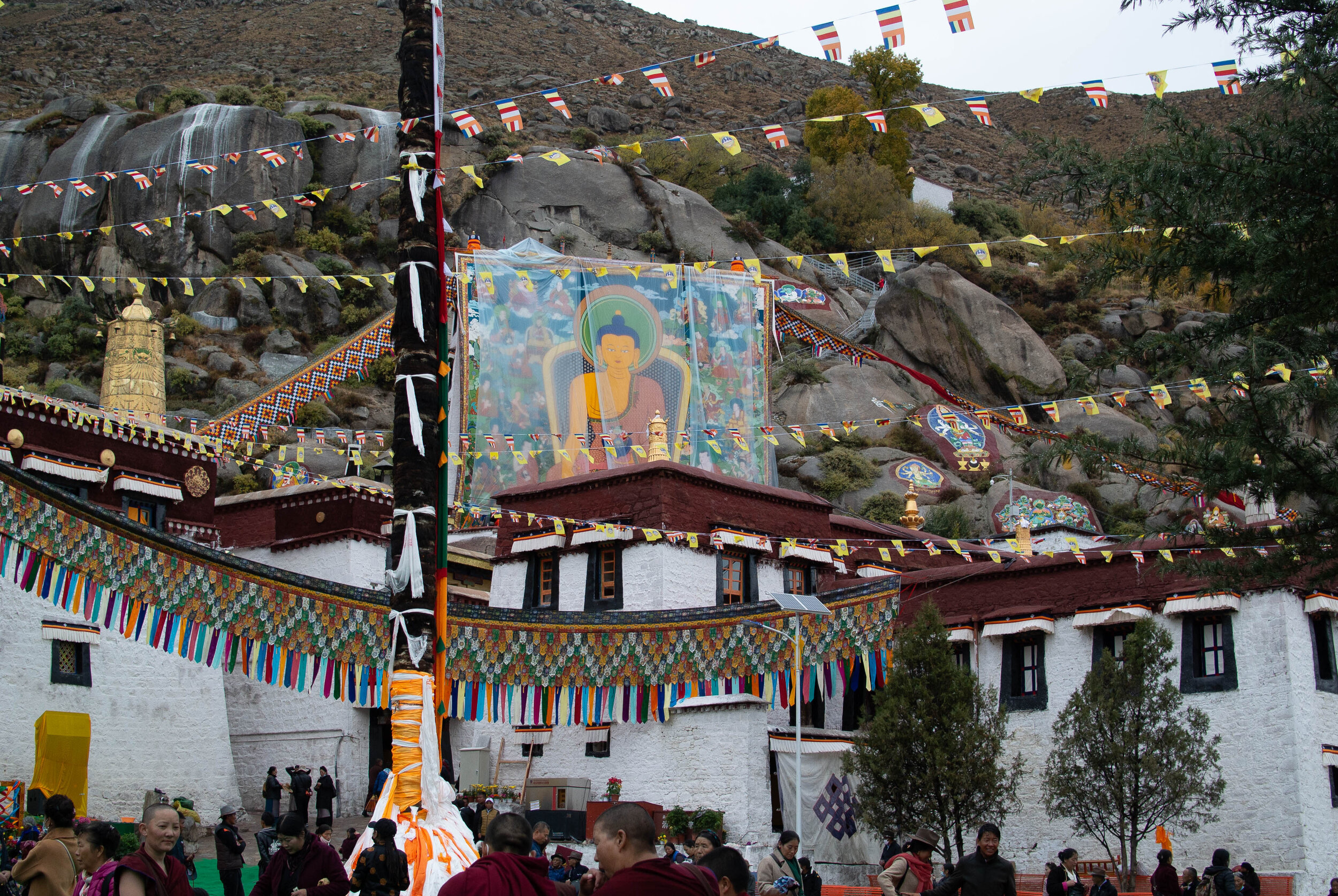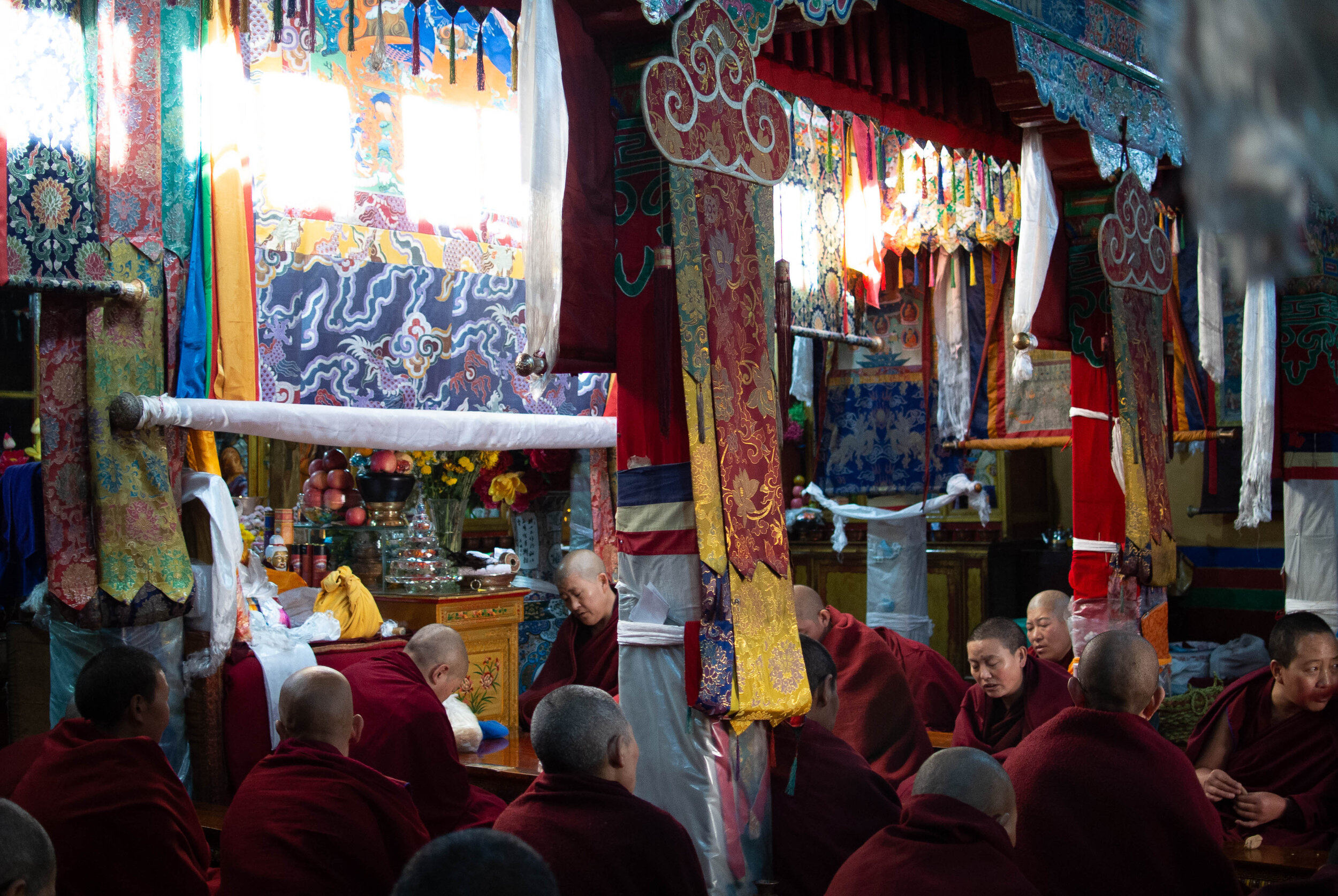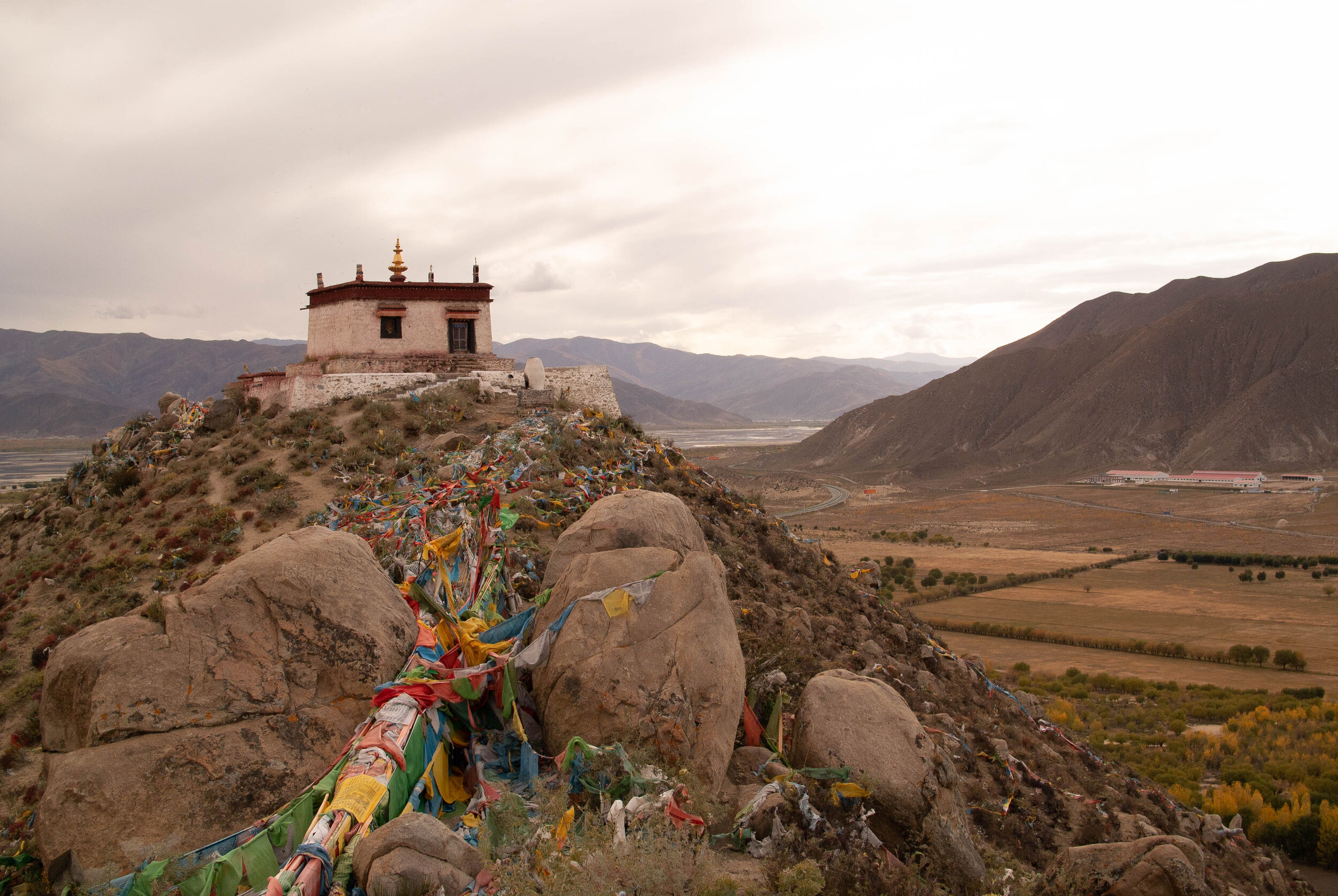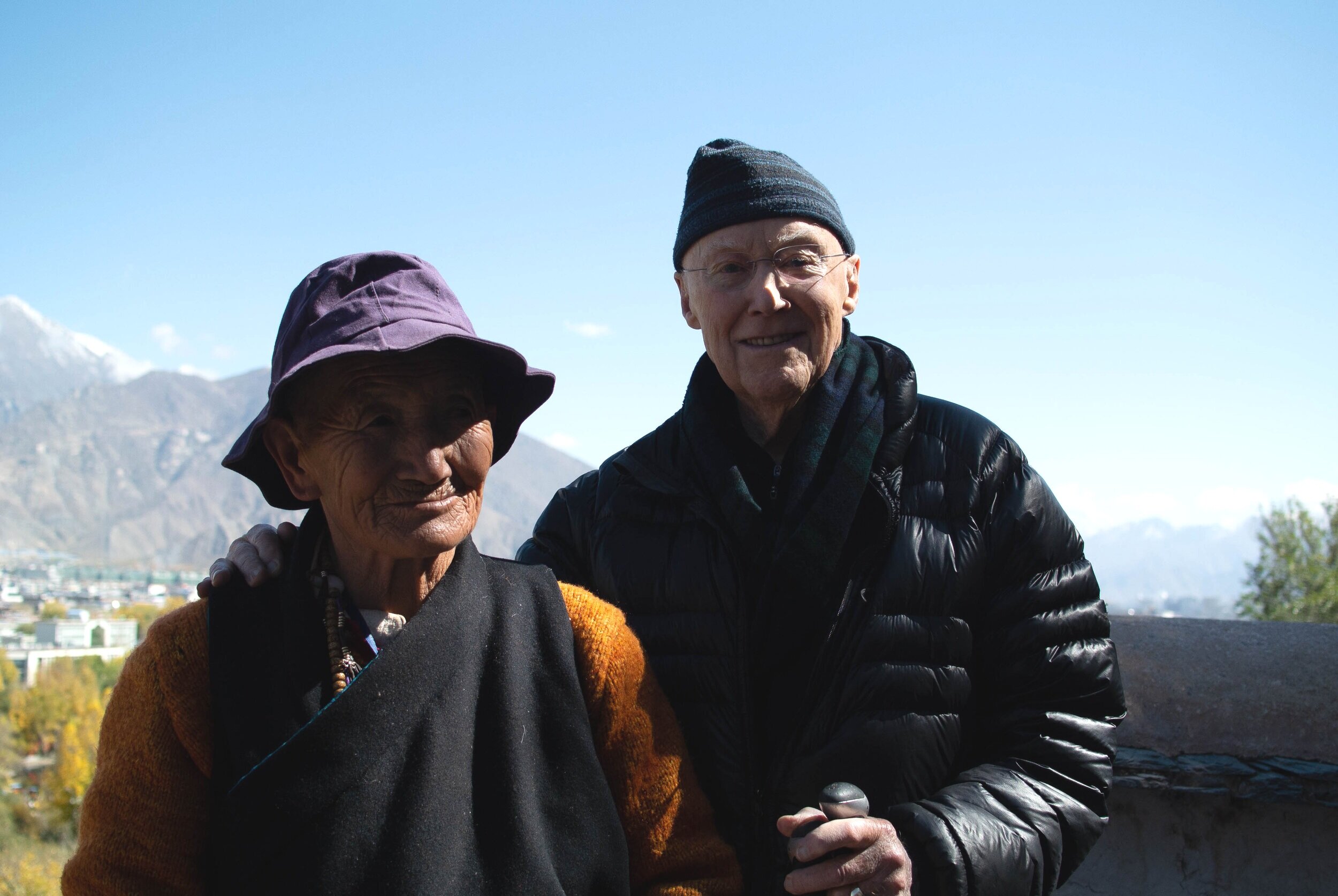“I nurture simplicity among the gardens and fields”
—Chinese farmer and poet, T’ao Chien, 365-427 C.E.
These days, many of us have no choice but to bring simplicity into our lives. Many of our favorite activities have been taken away whether this means no gym workouts, no visiting with friends and family, or no shopping at a favorite store. We scrounge through the pantry shelves for something to cook, making do with what is on hand. Or go outside like I did the other night to gather parsley and a bit of coriander that overwintered, new shoots of spearmint, and a large bowl of stinging nettles, to add to some sad looking basil leaves in the back of the fridge. The greens, smushed into the Cuisinart, along with oil, garlic, lemon juice, and pecans made a hearty pesto. Our creative meals can bring us great delight.
Simplicity can also mean living more intentionally, with more discipline and purpose. It can be unburdening our lives as well as decluttering our minds. Usually our minds flit from one thought to the next, from one sensation to another, moving quickly and erratically, but there is the silence when all distractions and desires fade. In many spiritual traditions, one sits in meditation to calm thoughts in order to experience deep silence. Sitting still, not moving, is the aid to find the stability of simplicity that allows for an opening to that great Silence.
For me, the concentration required by sculpting, painting, and writing creates the fertile ground for merging with the work, and within that merging, I find stillness. A musical score gives structure to mark periods of sounds and rests. The German-born pianist, Artur Schnabel (1882–1951) wrote,
“The notes I handle no better than many pianists. But the pauses between the notes—ah, that is where the art resides.”
The great jazz musician Miles Davis said it this way:
“Don’t play what’s there; play what’s not there.”
Lao Tzu, the Chinese sage advises, “Become empty of yourself and realize inner silence.” It sounds straightforward, but who knows how to empty themselves. I can’t sit myself down on a meditation cushion and say, I’m going to find silence: I only find myself in the midst of a great amount of activity. That’s why cultivating the earth always feels like cheating, the back door: the simple act of weeding as the antidote for the anxiety of our present times. But even weeding can be a challenge. I was talking to a friend yesterday and said,
“You know, weeding is not always that easy. It’s not just pulling the long white weed thread. Some weeds like vetch are impossible, impenetrable. It’s exhausting to dig through their density of roots. And when it’s that difficult, there’s no quieting the mind.”
Meister Eckhart, the Christian contemplative wrote,
“It’s not what we do that makes us holy, but we should make holy what we do.”
Ariel, grafting Olympic Asian pear scion wood onto rootstock in the Asian pear orchard.
So I return to the words of T’ao Chien: “I nurture simplicity among the gardens and fields.” I remind myself that he is surely weeding the gardens and plowing the fields, and he is nurturing simplicity. When I only concern myself with getting the work finished, checked off the to-do list, I take no pleasure in it. When I forget the to-do list, then the merging that I so love takes place. We can make holy everything we do. We can nurture simplicity everywhere.
Baby snapper turtle Ariel found when we were moving a pear tree to plant new peaches. The turtle stretched and then we quickly dug it back into the soil.







